As a composer and conductor, I’ve had the experience of recording at the iconic Abbey Road studios a few times. My assignments at this renowned establishment span from soundtracks such as the PBS science special, “400 Years of the Telescope,” to more commercial endeavors like the Philips advertising campaign for the Aurea Ambilight screen, aptly titled “Seduction By Light.”
The Philips Aurea website received over 1 million visitors in its first year
About Abbey Road Studios
Abbey Road Studios, located in London, England, is a historic recording studio that has been in operation since 1931. It was originally established by the Gramophone Company, a predecessor of EMI, which later merged with Universal Music Group. The studio was initially known as EMI Studios before it was renamed in 1970 after the Beatles’ album ‘Abbey Road’, which was recorded there.
Abbey Road Studios is known for its rich history and state-of-the-art recording facilities.
Beyond its cultural significance, Abbey Road Studios in London is also historically important in the field of music recording technology. It was at the forefront of numerous technological advancements in recording. For instance, it was one of the first studios to use stereo recording techniques, and it pioneered the use of artificial double tracking, a technique that became a standard in the industry.
Abbey Road Studios has also played a significant role in the recording of film scores. The London Symphony Orchestra, one of the world’s leading orchestras, has recorded numerous scores at the studio for films such as the Star Wars series and the Harry Potter series. This has further solidified the studio’s reputation as a premier location for high-quality recording.
The London Symphony Orchestra has recorded music for over 200 film and television projects
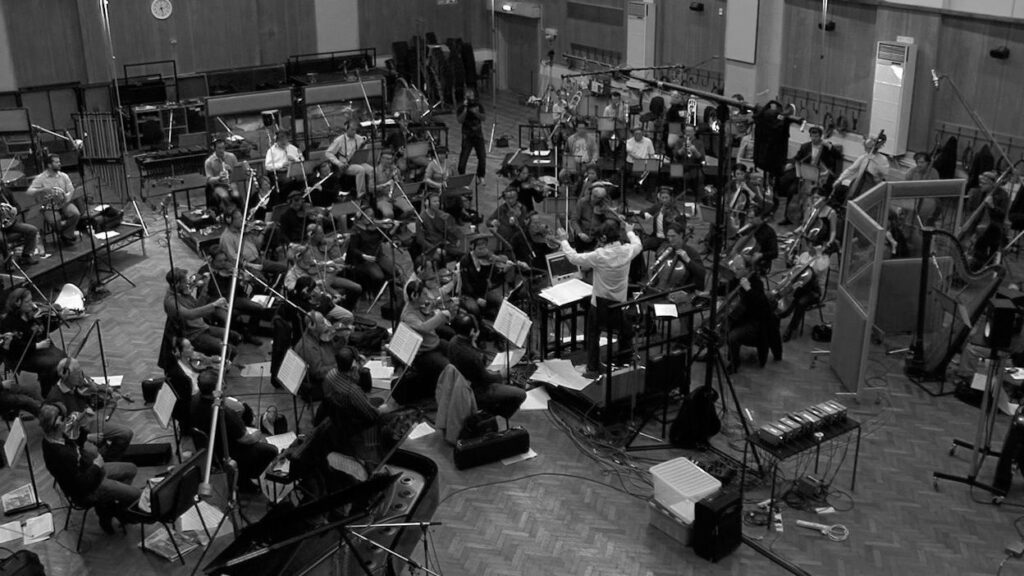
Harmonizing Science and Music: A Look at “400 Years of the Telescope“
My work on the PBS special 400 Years of the Telescope was a delicate balance between science and art, just as the pioneering piece of equipment that the film pertained to. My job was to create musical compositions that would both support and enhance the sense of awe and wonder that was inherent in the film’s subject matter. Working from Abbey Road, as the composer and conductor, I had the privilege of leading the London Symphony Orchestra for the creation of the soundtrack. The recording was supervised by the able and experienced Andrew Dudman.
The composition was not simply about creating a background score; it was a process of fusing scientific exploration and human adventure. Music became an interpretative lens through which audiences could experience the profound implications of the telescope’s invention and the people who dedicated their lives to astronomy and physics.
The combination of scientific narration led by Neil DeGrasse Tyson, stunning visuals from locations around the world, interviews and the story of discovery deserved a symphonic score that evoked time and mystery. The music played a pivotal role in orchestrating a journey that was both historical and artistic, revealing not only the history of the telescope but the ongoing human endeavor to understand the cosmos.
During the scoring sessions at Abbey Road, I was amazed at how expressively the orchestra played and how vividly the studio captured the sound. I had spent hours crafting the musical score, adding dynamics and expression markings for the musicians to read, but nevertheless there is always room for interpretation. Furthermore, it takes years of practice for 80 musicians to play together with balance and sensitivity, allowing the many voices of the orchestra to come to the foreground and then recede to support others in their turn.
In essence, the soundtrack for 400 Years of the Telescope was not merely an accompaniment, but a critical element in the narrative fabric of the film. By blending the intellectual thirst for exploration with the emotive power of music, I helped create a panorama of the cosmos that resonates with audiences on an emotional, rather than just an intellectual level. I believe the work on this project testifies to the integral role music plays, not only in scientific storytelling, but in the broader process of disseminating knowledge and sparking curiosity about the universe beyond our earth.
Collaborative Symphony: Working with the London Symphony Orchestra
The collaborative endeavor between myself and the famed London Symphony Orchestra began with a fortuitous request by a client, Tribal DDB. It was a dream of mine of course to work with the LSO ever since hearing some of the iconic soundtracks and recordings they had made, such as Star Wars, Superman, and Harry Potter.
Working within the iconic Abbey Road Studios, you have access to a world-class team who combine the immersive power of music with visual experiences, enhancing the delivery of narratives that shape our lives.
Andrew Dudman, the recording engineer, played a key role in harmonizing the efforts. His expertise and technical prowess in recording were instrumental in creating an aural atmosphere that seamlessly merged with the visual elements of each project. Dudman’s mastery of capturing the orchestra’s sound in its full magnificence, while maintaining precision and balance, was instrumental in achieving the distinctive soundtracks for each project.
Recognized universally as one of the world’s most famous recording studios, Abbey Road has witnessed the creation of some of the most iconic music of the 20th and 21st centuries. I was able to use the LSO in not only the PBS science special 400 Years of the Telescope but also the Philips Aurea website and the fulldome planetarium film Two Small Pieces of Glass. My experience was thrilling as I conducted one of the world’s premier orchestras in creating music for these highly innovative projects.
The collaboration with the London Symphony Orchestra was a crucial element in these projects. Known for their versatility and expressive style, the orchestra played an essential role in the creation of the music that aimed to convey complex scientific concepts in an accessible and intriguing manner. The music became a universal bridge, enabling people of different ages and cultures to journey together through these shared audio-visual experiences.
In hindsight, I see the results we achieved as a testament to the potential of music to amplify and enhance a narrative, providing a stimulating and multi-layered experience for the audience. As a composer and conductor, my collaboration with the London Symphony Orchestra and the engineers at Abbey Road Studios will always remain one of the most exciting and rewarding moments of my career.
It was a great privilege to record music for film and commercial projects at Abbey Road with wonderful musicians from the London Symphony Orchestra.
Mark Slater
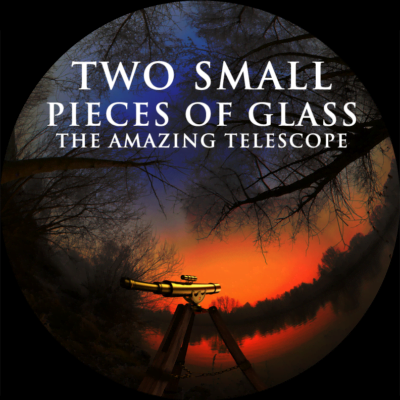
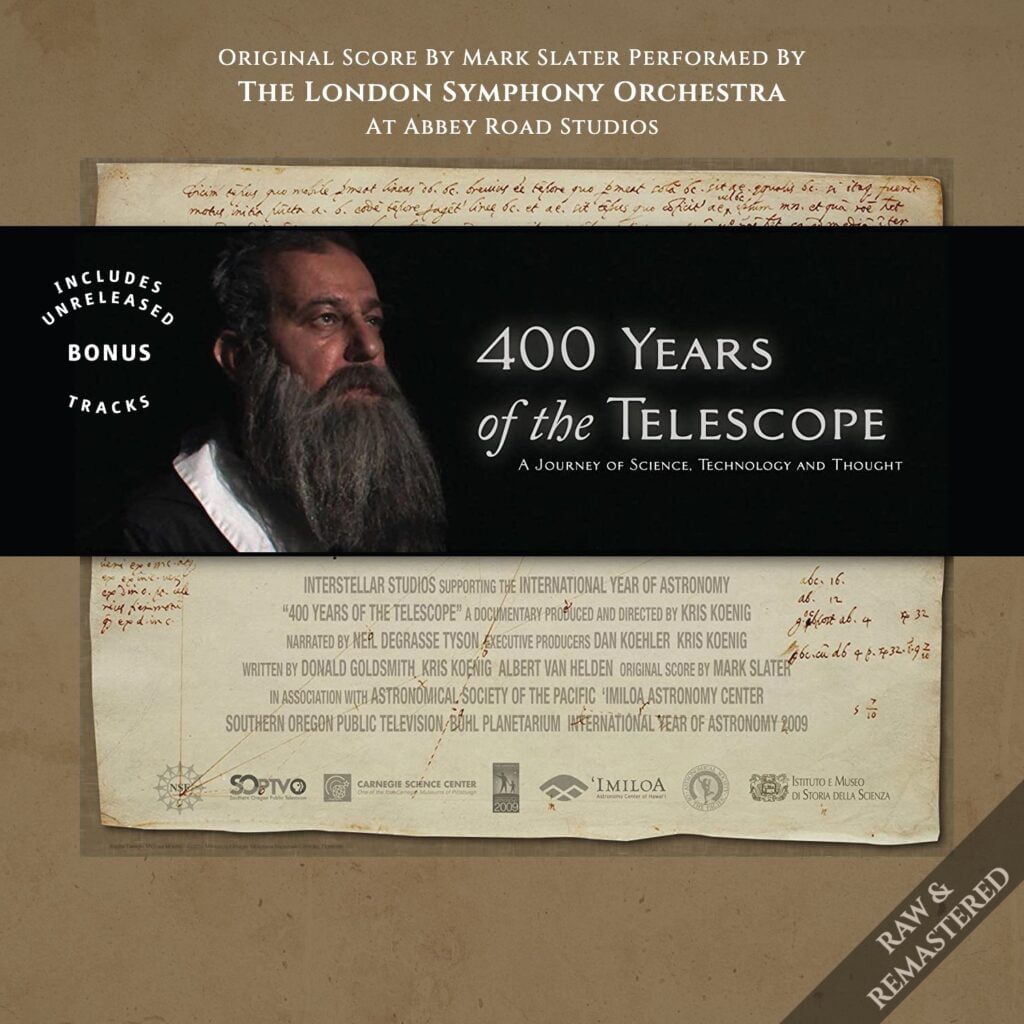
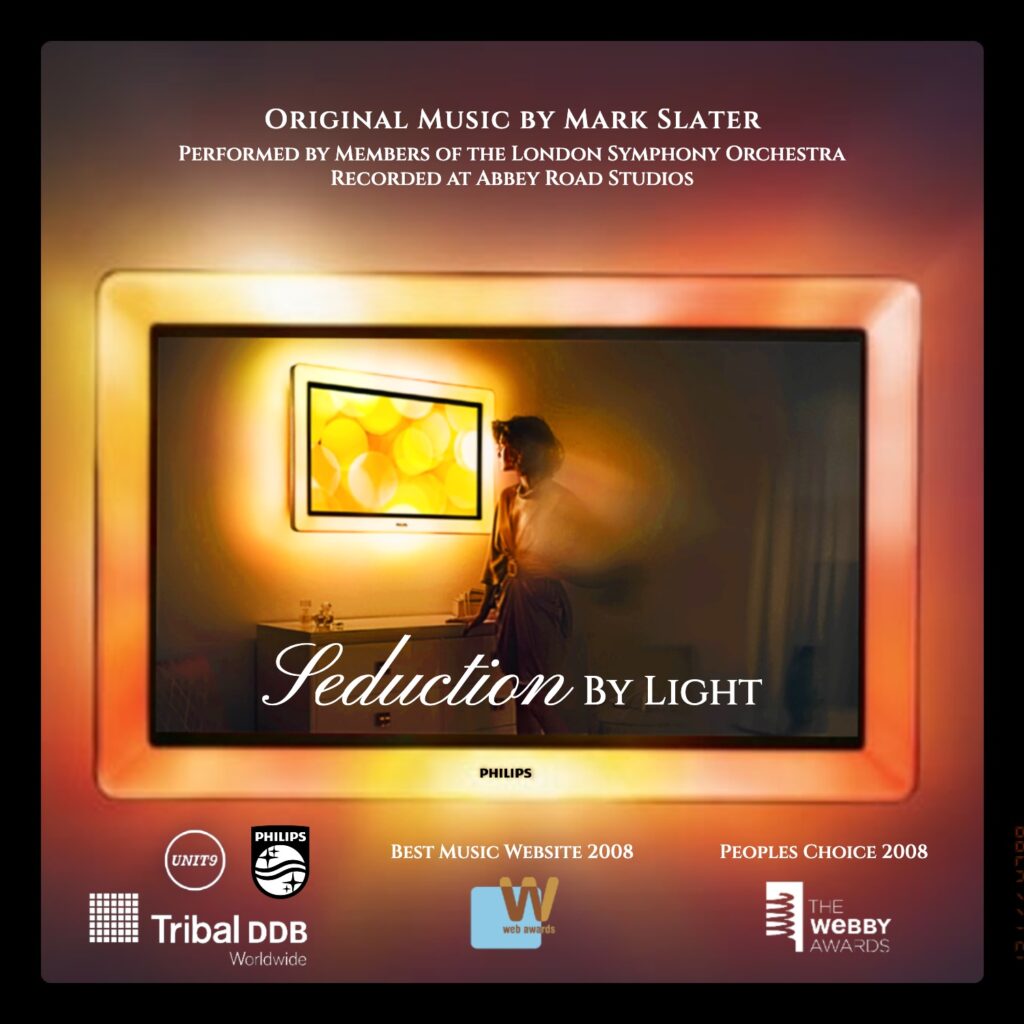

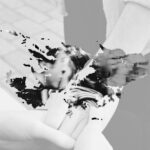
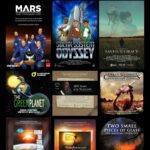
Pingback: Alika and Quinto Sol Ignite Los Angeles with New Live Album: Whisky A Go Go Event - Mark Slater
Pingback: The Evolution of Film Music: Behind the Magic - Mark Slater